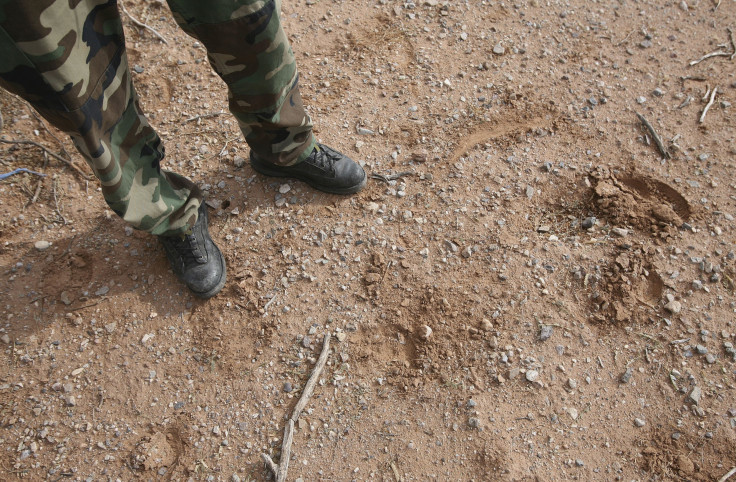
Credible-fear asylum claims, in which an asylum-seeker tries to prove to US Citizenship and Immigration Services (USCIS) that he or she faces a credible threat of persecution back home, usually for political or religious reasons, have more than doubled along the Southwestern US-Mexico border since fiscal year 2011. Some of those claims are coming from an unusual source: not Mexicans or Central Americans, but Indians, many of whom pay as much as $35,000 to be smuggled from their home provinces to Central America and up to the United States border, according to the Arizona Republic. That newspaper's report, published on Sunday, promises to alarm conservatives, who say many asylum-seekers take advantage of the USCIS policy of releasing asylum-seekers while their cases work through the courts in order to win passage into the United States and disappear from under authorities' watch.
According to the DHS, 29 percent of all asylum-seekers didn't show up for court dates on their case. The percentage of Indians who miss their appearance before an immigration judge is lower: of the 1,935 Indians who had filed applications for asylum at a port of entry in the United States as of June 30, only 10 percent hadn't turned up to follow up on their case. But the chair of the Arizona chapter of the American Immigration Lawyers Association, Elizabeth Chatham, who has been following the rise in Indian asylum-seekers told the Arizona Republic, "I think it's mixed. Some have legitimate claims of persecution. But it seems like there may be many people who are not making a correct claim."
The Republic appears to conclude much the same, pointing to relatively high numbers of separatist Sikhs - whose organizations often face suppression in India - among asylum-seekers' ranks, while quoting Meenakshi Ganguly, the South Asia director for Human Rights Watch, who told the paper that the phenomenon is likely a new strategy by smugglers. "Punjab and Gujarat are both extremely wealthy regions in India," said Ganguly. "There is no political strife or discrimination that they suffer" in India.
The USCIS policy, which has been in place since January 2010, is designed to free up space in detention facilities, where many migrants were languishing for years as their cases chugged through the system. In August of this year, a local Fox News station reported that Mexican immigrants were flooding by the hundreds over the border by reciting stock phrases designed to win them entry as credible-fear asylum seekers. That report turned out to be faulty on two fronts, according to the Department of Homeland Security: first, that asylum requests among Mexicans hadn't risen much in recent years - in fact, two-thirds of credible fear claims come from Central Americans - and second, that the port of entry it had described as "overwhelmed" with asylum-seekers was only receiving about 30 such requests per day. But Rep. Bob Goodlatte (R-Va.), chairman of the House Judiciary Committee, responded by penning a rebuke to the Department of Homeland Security (DHS) and USCIS for the releases, saying many of those asylum-seekers would disappear into the United States.
RELATED: Advocates Of Immigration Reform With A Path To Citizenship Plan 60-City Rally For October
© 2025 Latin Times. All rights reserved. Do not reproduce without permission.




